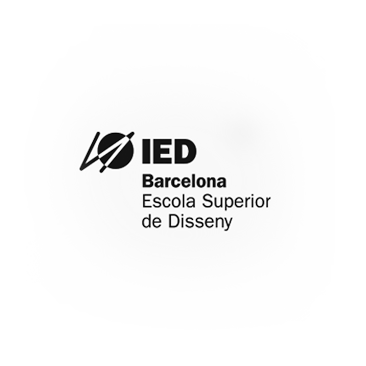Follow our students through the design process: DEVELOPEMENT
Here is the explanation of the last stage that our Business Design students have conducted for their final thesis

-You can read about the DEVELOPMENT stage of our Business Design students final thesis here–
The DEVELOPMENT stage of the Design Thinking process consists in making ideas real and assure their suitability to the needs of the users. To do so, we use a process of continuous iteration in phases of prototyping (building a model of our final product or service), testing with the users, adding all the changes extracted from the user feedback to the prototype, test it again and so on in agile and quick cycles until it is fully in line with users’ needs.
This process is also called rapid prototyping and, as said above, its three pillars are prototyping, usability testing and iteration. Its main strength is being affordable for all sizes of companies as we can do it using materials such as paper, pens and plasticine and, as its name indicates; quick to create. Therefore, it allows for making products and services more effective for both the users and the companies.
Nothing is done if the user doesn’t need it and these agile cycles of testing make it possible to make accurate adjustments so the design advances hand in hand with the user’s real needs.
The factors that the iterations of prototyping and usability testing d then discovering that the difference between what users said they would do and what they actually do is large and expensive to overcome. So we make sure that the needs we are designing for and our product or service is aimed to meet are actually the real ones.
The factors that can be observed by this process of the iterations of prototyping and usability testing can’t be observed by any other process, as they only show up in the interaction of users with the product or service in the environment where they would really use it and can’t be foreseen otherwise.
All the previous user research is essential and can’t be skipped as it provides the basis on which we build the project, but without a model of our product or service, we just have what people say they would do with it, not what they actually do. So, rapid prototyping enables us to go from the theoretical use of our service to the actual one.
It also makes sure that we are taking forward the best ideas and discarding the not suitable ones without allocating resources to them and prevents us from making a mistake and not noticing it until the commercialisation of the product or service, when the mistake is much larger and expensive to overcome.
